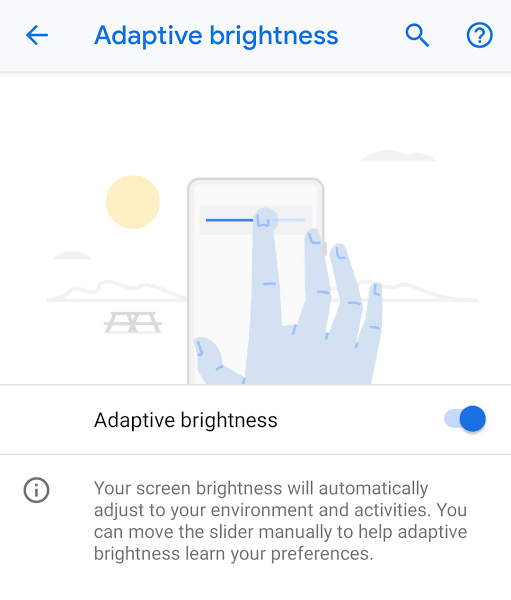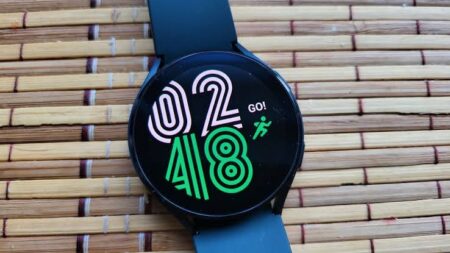Hello, brightness seekers! Do you find yourself constantly adjusting your phone’s brightness based on your surroundings? Or do you simply let it stay at one brightness level all the time? If so, it’s time to discover the magic of Android’s Adaptive Brightness feature. Let’s delve into what it is and how you can maximize its use.

What is Adaptive Brightness?
Adaptive Brightness is an intelligent feature on Android devices that automatically adjusts your phone’s screen brightness to suit your environment and activities. Using artificial intelligence, the system learns from your manual adjustments and implements them in similar lighting conditions in the future.
The Best News Aggregator Apps for Android
How to Enable Adaptive Brightness
To enable Adaptive Brightness, follow these simple steps:
- Open the “Settings” app on your Android device.
- Tap on “Display.”
- Tap on “Adaptive Brightness.”
- Toggle on the switch to enable the feature.
Once enabled, your device will start learning from your brightness adjustments and apply them accordingly.
Using Your Android Smartphone as a Webcam
Maximizing the Use of Adaptive Brightness
Understanding how to make the most of this feature can significantly enhance your Android experience. Here are some tips:
- Allow It to Learn: For the first few days after you enable Adaptive Brightness, you may need to manually adjust the brightness frequently. This helps the system to learn your preferences. After a week or so, you should start seeing it automatically adjusting the brightness based on your learned preferences and ambient light conditions.
- Battery Efficiency: Keeping your screen at maximum brightness can significantly drain your battery. Adaptive Brightness can help optimize your battery usage by reducing screen brightness when high levels are unnecessary.
- Eye Comfort: Overly bright screens in dark environments can strain your eyes. With Adaptive Brightness, your screen can automatically dim in such conditions, providing a more comfortable viewing experience.
- Brightness Slider: Even with Adaptive Brightness turned on, the brightness slider remains available in the quick settings panel. This allows you to make on-the-fly adjustments which the system takes into account for future automatic adjustments.
Mastering Android Photography with Tips and Tricks
While Adaptive Brightness is a smart feature, it may not always align perfectly with your preferences, especially in complex lighting conditions. In such cases, don’t hesitate to make manual adjustments.
In conclusion, Adaptive Brightness is a powerful tool designed to enhance your Android experience by automatically optimizing your screen brightness. It’s an assistant that learns from you, makes your device smarter, helps save battery life, and makes viewing more comfortable. Go ahead and unlock the full potential of Adaptive Brightness on your Android device today!






